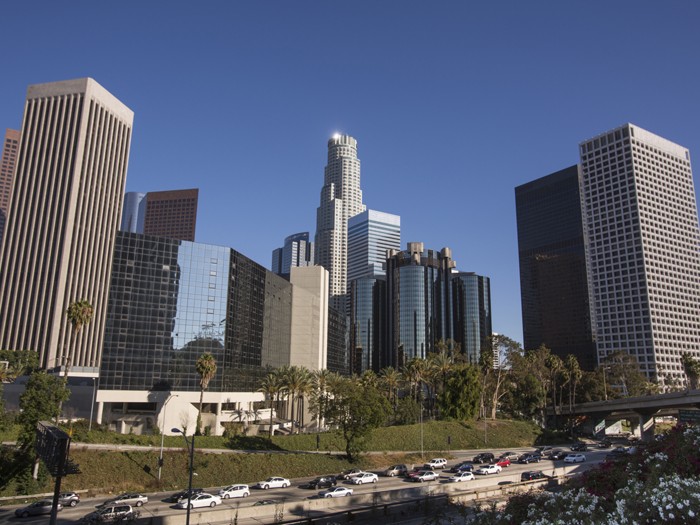State Trends
California’s Intractable Comp Challenges

California continues to buck the national trend of workers’ comp claims frequency. While the overall countrywide information shows the rate of claims declining in recent years, California is a different story.
The California Workers’ Compensation Insurance Rating Bureau has released its latest analysis of changes in indemnity claim frequency. It lays much of the blame for increases on one particular area.
“The 2010 indemnity claim frequency increase was generally experienced across all California regions,” the report said. “Since that time, the increases have been concentrated in the Los Angeles area.”
Between 2010 and 2013, indemnity claim frequency in L.A. and the Los Angeles Basin region increased an estimated 9 percent while other areas of the state had modest declines. “For example, indemnity claim frequency in the Bay Area declined by 7 percent over the same period,” the report noted.
The report compared indemnity claim frequency in California with the rest of the nation based on the average of NCCI states. “Since 2010, indemnity claim frequency in California has continued to increase while countrywide frequency declined at similar levels to the pre-2010 period,” the report said. “The WCIRB currently projects annual indemnity claim frequency increases between 3 percent to 4 percent for 2012 and 2013 while data for NCCI states show declines of 6 percent and 2 percent. While 2014 data is not yet available for other states, preliminary data through nine months for California suggests that frequency is continuing to increase — 0.9 percent.”
Many of the factors cited for the frequency increases in California are those that were identified by the WCIRB in 2012. Among the most recent are:
Late reporting of indemnity claims continues to increase. “While more than 98 percent of accident year 2007 indemnity claims were reported as of 18 months, the WCIRB estimates that only 90 percent of accident year 2013 indemnity claims will have been reported by 18 months,” the report explained. “Conversely, the percentage of medical only claims reported after 18 months has generally remained stable since 2007.”
The proportion of cumulative injury claims is also increasing. Where about 8 percent of these comprised indemnity claims in the 2005-07 period, they now represent approximately 13 percent. Additionally, since 2009, most of the growth in these claims has involved more serious injuries and multiple body parts. Also, “since 2010, the proportion of cumulative injury claims involving multiple insurers or attorney representation has increased to 24 percent and 80 percent, respectively, and the percentage of cumulative injury claims involving multiple body parts remained high at 61 percent,” according to the report. “Conversely, the proportion of surveyed cumulative injury claims involving psychiatric injury or sleep disorder has declined. Additional survey information … indicates that approximately two-thirds of the claims surveyed in 2014 were initially denied in part or in whole by the insurer and approximately 40 percent of claims, despite long-standing statutory limitation on the compensability of post-termination claims, were reported post-termination.”
The economy continues to impact frequency. For example, the economic recovery’s resulting increase in high-hazard industries such as construction and manufacturing has driven up frequency by approximately 1 percent. Also, there are more unexperienced employees in the workforce. “The proportion of injured workers with less than two years of experience at their current job has grown by 8 percentage points from 2010 to 2014, suggesting the economic recovery is a significant driver of recent claim frequency increases,” the report said.










